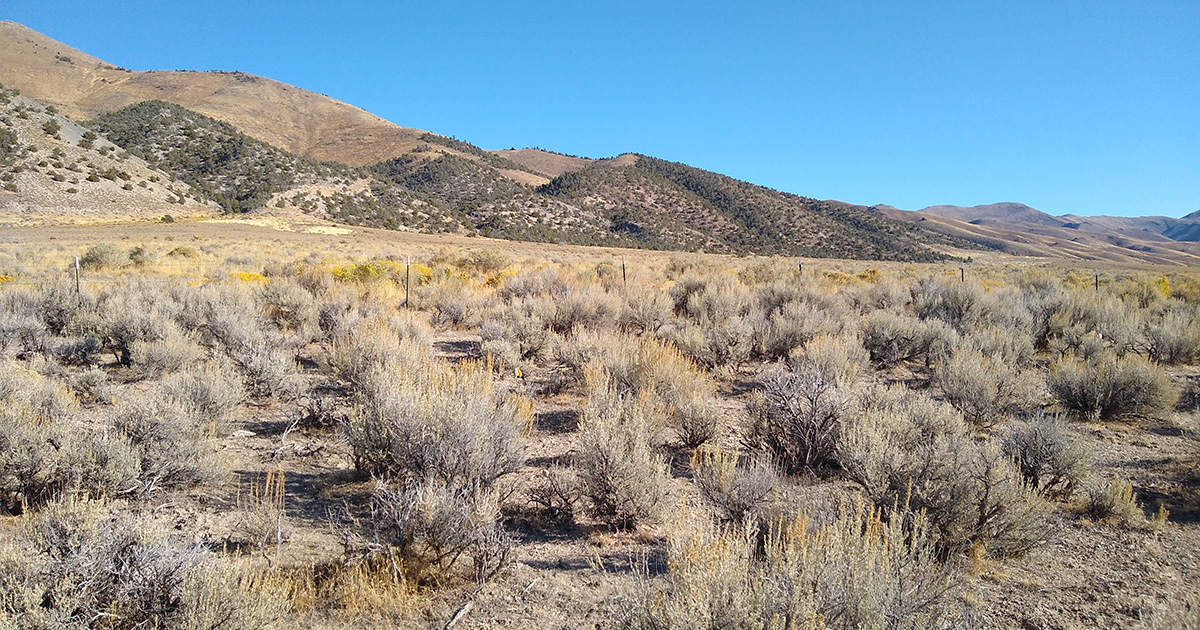Researchers have sequenced the genome of Populus pruinosa, a plant thriving in extreme deserts. The study reveals key genes for high salinity and drought adaptability. Analysis of individuals from various populations shows genetic differentiation driven by precipitation, offering insights for ecological conservation and genetic enhancement of desert poplars.
Tag: Desert
It’s Not the Heat, It’s the Humidity: Water Loss Hurts Bees Most in the Desert
Digger bees lose large amounts of water during flight, which compromises their activity period and survival in the desert heat. Researchers from Arizona State University will present their work this week at the American Physiological Society (APS) Intersociety Meeting in Comparative Physiology: From Organism to Omics in an Uncertain World conference in San Diego.

Using science to serve nature
Amid the extreme aridity of the vast Colorado Desert of eastern San Diego County, a ribbon of greenery allows life to thrive. The Sentenac Cienega area inside Anza-Borrego Desert State Park is more than 100 miles southeast of Irvine. It contains a desert wetland, which is part of the San Felipe Creek watershed that is fed by nearby mountains and ultimately flows into the Salton Sea.

What is the impact of fire on desert soils of Nevada?
Prescribed burning allows team to study soil biochemistry in sagebrush ecosystems